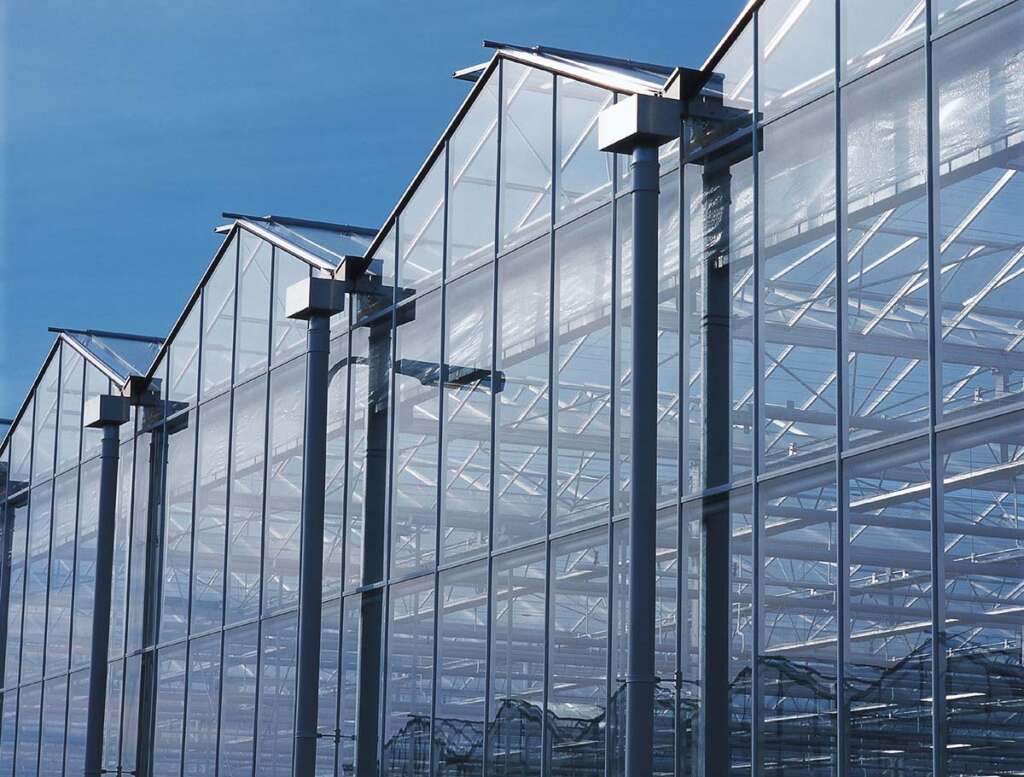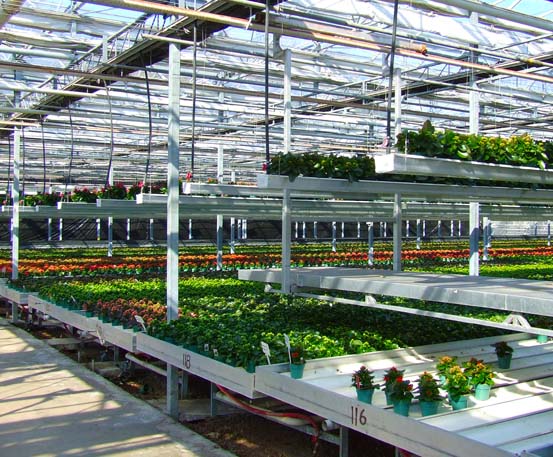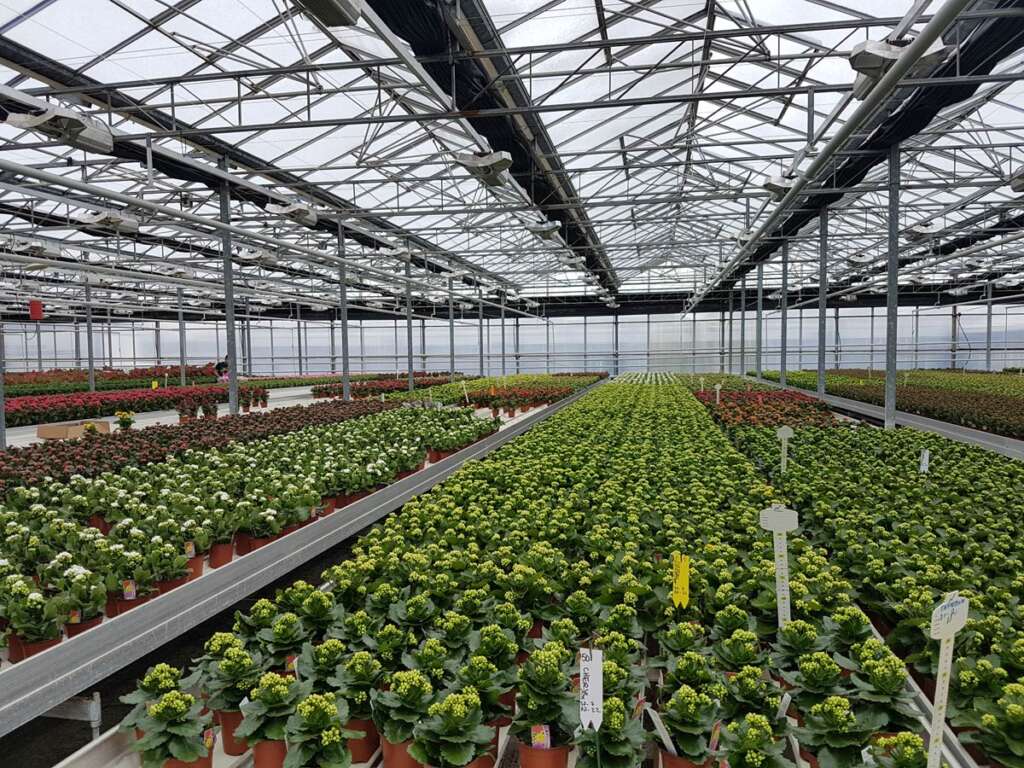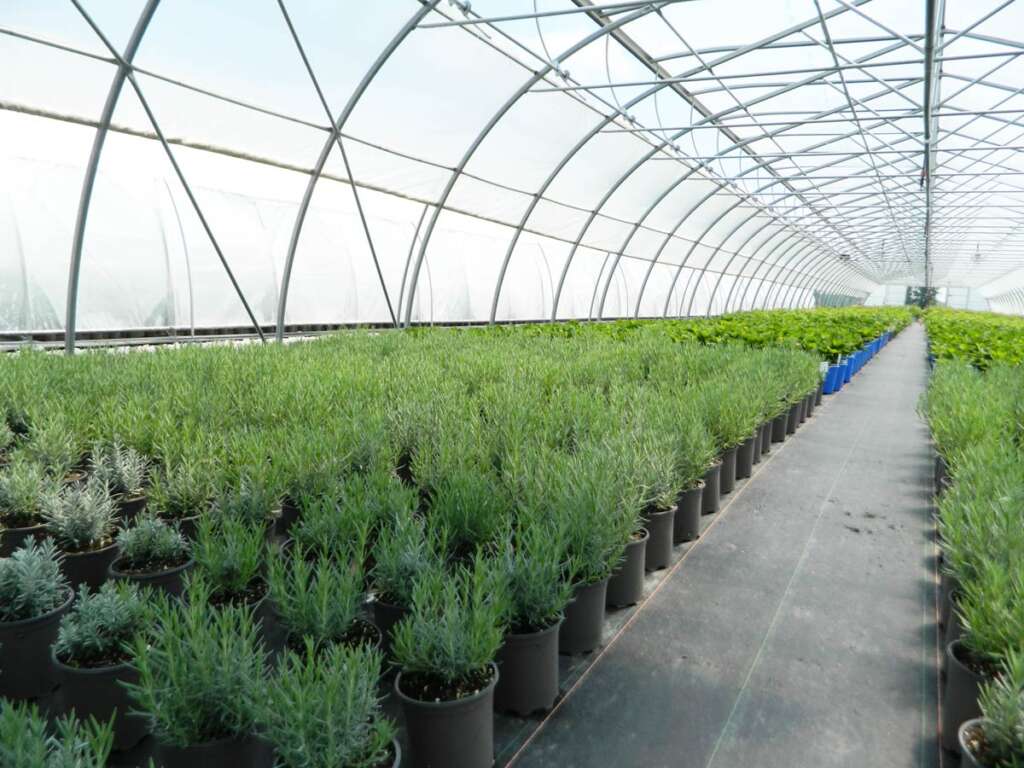GREENHOUSE SOLUTIONS
FOR ALL CROP TYPES
PROTECT YOUR
Plants
Growers know the challenges of keeping a greenhouse environment perfect for crops. GGS Greenhouse Structures has the experience and expertise to provide the best commercial greenhousefor optimal plant growth. Our team works with growers to design, manufacture, and construct high-quality commercial greenhouses. Whatever you’re growing, our greenhouse specialists can provide the structure you need from the ground up.Growers know the challenges of keeping a greenhouse environment perfect for crops. GGS Greenhouse Structures has the experience and expertise to provide the best commercial greenhousefor optimal plant growth. Our team works with growers to design, manufacture, and construct high-quality commercial greenhouses. Whatever you’re growing, our greenhouse specialists can provide the structure you need from the ground up.
EXPLORE CUSTOM GREENHOUSE STRUCTURES
Imagine having a winter crop zone, a tropical crop zone, and an R&D area all under one roof! Growers can split the greenhouse growing area into multiple sections with different growing requirements. Each growing zone should include all commercial greenhouseand enhancements necessary to provide total growing freedom in your operation. When growing mixed crops, there are many custom options to consider. GGS can provide custom greenhouse structures, including separate zones with dividing walls for different climates and temperatures. This method allows growers to cultivate multiple crops in the same space. Today’s modern computer control systems are programmable to accommodate everything from temperature to irrigation. Greenhouses with mixed crops can deliver different nutrients depending on the crop. Shading options can also be customized for daylight-sensitive crops and controlled separately to ensure success no matter what you’re growing. Rest assured, GGS has the right commercial greenhouse solutionsto help you succeed. GGS will recommend, design, construct, and install the greenhouse style based on the crop type. GGS Structures is your all-in-one greenhouse partner.

FREESTANDING GREENHOUSE
FREESTANDING GREENHOUSE
LEARN MORE
HIGH TUNNEL STRUCTURE
HIGH TUNNEL STRUCTURE
LEARN MORE
COLD FRAME
STRUCTURE
COLD FRAME
STRUCTURE

WIDESPAN GREENHOUSE
WIDESPAN
GREENHOUSE

GUTTER CONNECT GREENHOUSE
GUTTER CONNECT GREENHOUSE
LEARN MORE
CURVED GLASS GREENHOUSE
CURVED GLASS GREENHOUSE
LEARN MORE
LOW PROFILE VENLO STYLE GREENHOUSE
LOW PROFILE VENLO STYLE GREENHOUSE
LEARN MORE
SHADE
STRUCTURES
SHADE
STRUCTURES


BUILT FOR PERFORMANCE
We recommend adding a headhouse to your commercial greenhousedesign. A headhouse is an extension of the greenhouse structure with an insulated panel, so it’s comfortable for workers and plants. Adding a headhouse to your operations can maximize productivity with a space dedicated to the people who help your operation succeed. This area is perfect for packaging products, as a dedicated potting room, and for planting. We can also design space for storage, office space, and other facilities. Customgreenhouse structuressolutions aren’t always ideal for every grower’s budget. Adding a hoophouse or freestanding greenhouse structure to your existing commercial greenhouseoperation is also a cost-efficient solution for growing mixed crops.
INCREASE PRODUCTIVITY WITH ROLLING BENCHES
Our custom-built greenhouse benches are ideal for optimizing space efficiency in commercial growing environments. With up to 50% more production space, we recommend rolling benches over stationary benches. Growers can increase profits by eliminating the need for dedicated aisles. Designed for ease of use, one-touch easy roll bench tops feature all-aluminum construction to prevent corrosion. We’ve also kept workers in mind with mitered corners to prevent ripped clothing. We recommend rolling benches, aluminum troughs, or a rolling container system.
Why Choose GGS Rolling Benches?
- Anti-tip brackets for added assurance and safety
- Designed for easy installation, to get your operation started faster
- Precise height adjustments reduce strain on workers
- GGS Benches offer the smoothest and lightest roll in the industry
- Multiple top options and support
- Vertical shelving is available on all GGS benches


EXPLORE GREENHOUSE INTEGRATIONS
GGS offers a wide range of greenhouse integrations. Check them out below and get in touch with our team to learn more!
HEATING
HEATING
LEARN MORECURTAINS
CURTAINS
LEARN MOREINSECT SCREENS
INSECT SCREENS
LEARN MOREGREENHOUSE CONTROLS
GREENHOUSE CONTROLS
LEARN MOREIRRIGATION
IRRIGATION
LEARN MOREFANS
FANS
LEARN MORELIGHTING
LIGHTING
LEARN MOREDEHUMIDIFICATION
DEHUMIDIFICATION
LEARN MOREHUMIDIFICATION & COOLING
HUMIDIFICATION & COOLING
LEARN MOREFREQUENTLY ASKED QUESTIONS
What type of heating system should I use in my greenhouse?
Two types of heating suit greenhouses best: hot water heating and forced air heating. For mixed-crop greenhouses, growing zones can have separate climates. The heating method you choose depends on the amount of space being heated and the crop’s requirements for optimal growth.
- Hot water heating: Heat radiates from under the bench or in the floor, perimeter, overhead, or gutter melt (if in the northern hemisphere). Powered by gas or propane-fueled boilers, this is the most even method of greenhouse heating.
- Forced air heating: Recommended for smaller ranges and free-standing structures
How can I control humidity?
For floral crops that are humidity sensitive, dehumidification units are an option.
What kind of lighting should be installed in my greenhouse?
Each growing zone can have different lighting installed depending on the crop’s requirements for optimal growth. Lighting is required for long day stages or supplemental lighting (when Mother Nature needs a hand).
Does my floral greenhouse require irrigation?
Yes. Irrigation brings water and nutrients directly to the plant. Custom greenhouses with mixed crops can deliver crop-specific nutrients to each growing zone. Some growers will install separate tanks per zone; this is rarely necessary, but in cases where it is, trust GGS to deliver recommendations to suit your greenhouse operation. Options range from the simple dosatron system to direct injection with stock tanks.
Should my greenhouse have fans?
Circulating air inside your greenhouse is essential. This helps plants grow strong and regulates the temperature inside. In addition, a gentle movement of air throughout a greenhouse can deter pests from landing and molds from settling on plants. GGS recommends two types of fans for greenhouse installation: HAF fans and vertical airflow fans.
- HAF fans: These are ideal for optimal airflow. Depending on the crop you’re growing, GGS will carefully design your fan system, calculating each fan’s precise spacing and throw.
- Vertical airflow fans: These greenhouse fans are optional and help with humidity. They are usually used in addition to HAF fans as a full system.
Can I automate my greenhouse with computer controls?
Custom greenhouse structures can employ full-scale control systems sized according to climate and irrigation control. With the touch of a button (or few), every feature can be programmed to meet the specific needs of mixed crops. Poinsettias in zone 1? Set your temperature to 21 degrees Celsius. Sunlight-sensitive blueberries? Close the shade in that zone to provide the necessary chill time. With CEA (Controlled Environment Agriculture), the possibilities are endless!
What is shading, and how can it help my greenhouse operation?
Growers know their crops, and more delicate plants require specialized exposure to sunlight. Greenhouse shading is an excellent solution for reducing sunlight exposure, keeping heat close to your plants, and giving growers an advantage over Mother Nature! At the touch of a button, our automated shade integrations can give plants a break from sunlight to promote optimal growing conditions and keep the heat at the plant canopy during those cold winter nights.
Growing crops that need shorter daytime growing conditions? GGS has you covered there, too. Our greenhouse experts can include blackout shading in greenhouse designs to shorten daylight exposure to delicate plants.
Pro-Tip: We strongly recommend shading if your greenhouse uses cool pads. Growers can close the shading during intense heat and sun periods to help the cool pad run more efficiently. Closing the shade during poor weather can help keep heat in, which maximizes energy efficiency.
Can fog help my greenhouse operation?
High-pressure fog can be utilized for cooling when cool pads are not used. The water droplets produced need to be very small to provide effective cooling. Tiny droplets ensure that only a little humidity is added to the climate. The mark of effective fog is that water droplets should not be present on crop leaves.



